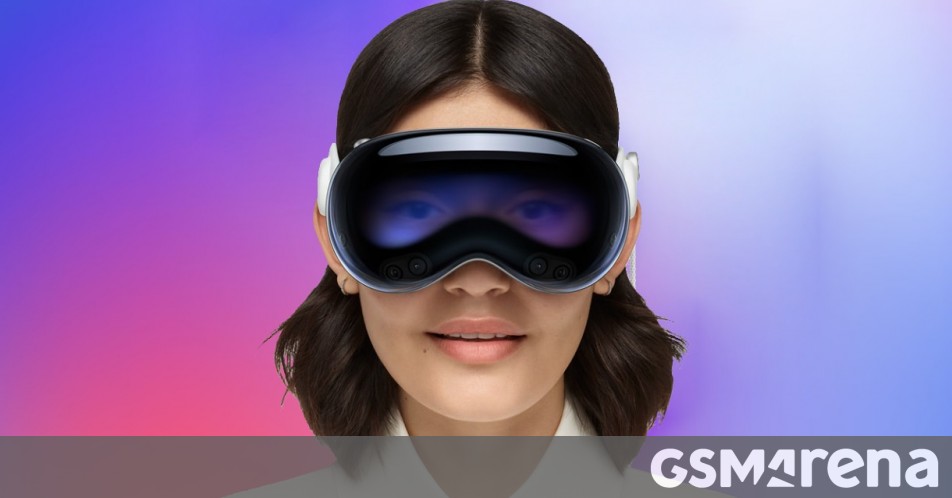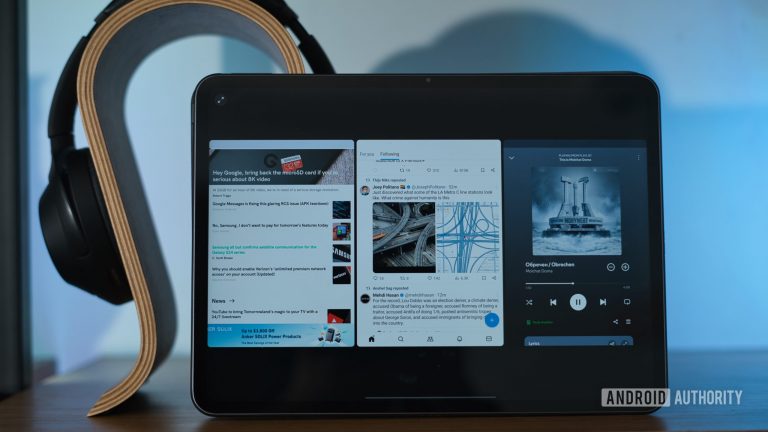Revolutionary AI Spatial Computing Unveiled in Next-Gen Vision Pro

Apple’s Vision Pro 2: M5 Chip and AI Spatial Computing to Revolutionize the Future
A New Era of Human-Machine Interaction
Ming-Chi Kuo, a renowned Apple analyst, has revealed that Apple plans to start mass producing its next-generation Vision Pro in the second half of 2025. What’s exciting is that the device will be powered by the Apple M5 chip, which will enable AI spatial computing as its main selling point.
Improved Performance and Enhanced AI Capabilities
The M5 chip will significantly improve the performance of the Vision Pro, enabling better AI capabilities that are crucial for spatial computing. This means the device will be able to process complex tasks more efficiently, making it an exciting development for those interested in the future of human-machine interaction.
The Future of Human-Machine Interface
Apple’s vision for the next-generation Vision Pro is to create a more intuitive and efficient human-machine interface. By combining Apple Intelligence, eye tracking, and gesture control, the device will be able to respond to user inputs in a more natural and seamless way. The M5’s improved ability to handle AI-related tasks is key to making this happen.
Price and Design
According to Ming-Chi Kuo, Apple aims to keep the price relatively similar to the current model, as it will mainly be upgrading the chip while using largely the same hardware. However, the next-generation Vision Pro will feature a more lightweight design and a bigger battery, offering users a more comfortable and convenient experience.
Will AI Spatial Computing Be Enough?
The planned AI capabilities of the next-generation Vision Pro will likely be superior to those offered by standard smartphones. However, it remains to be seen if these capabilities will be enough to make the device mainstream. If Apple can successfully create attractive user scenarios that showcase the benefits of AI spatial computing, the next-generation Vision Pro could have a significant impact on the future of human-machine interaction.





